Dec 21, 2015 | Brush Calligraphy, Calligraphy, New Work
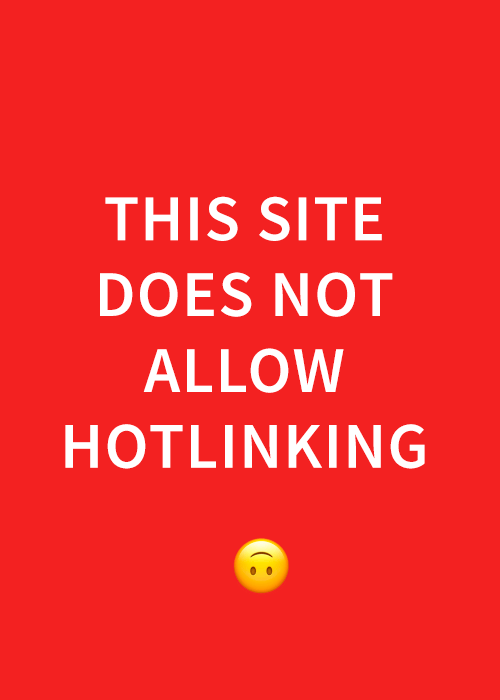
Solstice brush calligraphy and original photocollage © Iskra Design
This time of year I always look backwards to July, at the same time I am looking forward to July. The light in the poppies, the scalding heat, the pond and the little breeze in the afternoon. Meanwhile, it could be snowing. And that is the magic of the Solstice. A place in between, to reflect and resonate in time, without, for a moment, going anywhere but now.
Dec 7, 2015 | Brush Calligraphy, Calligraphy, New Work
I went shopping today for a Christmas party. Very nice to see these on the shelf! I love working with food identities, especially when they are this sweet. Smooth brush calligraphy, with some typographic twists.
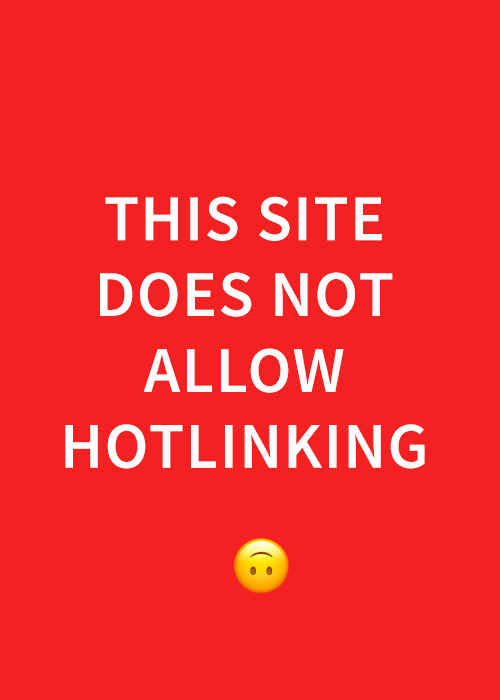
Aug 28, 2015 | Calligraphy, New Work
Oh the Seattle summer! It is completely delicious. This is my first August in the new studio, with room to make serious messes and try all the techniques I’ve always wanted to but didn’t have quite enough space. Now I can splatter and scrape and splash and throw things on the floor until all I can see is letters as far as the horizon.
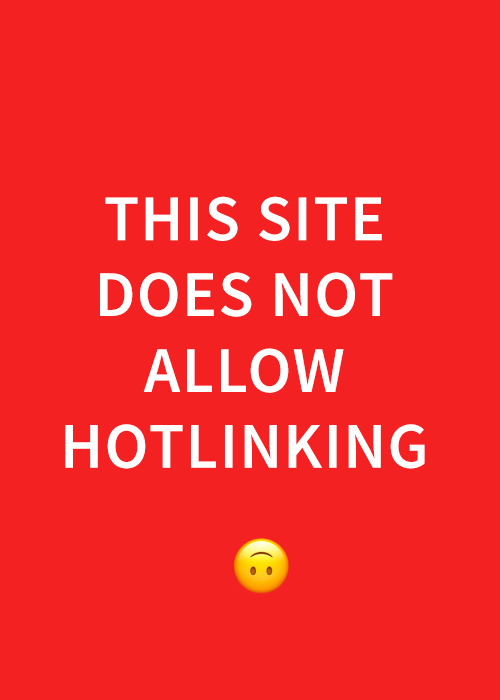
My calligraphy studio workspace: room to breathe, lots of light.
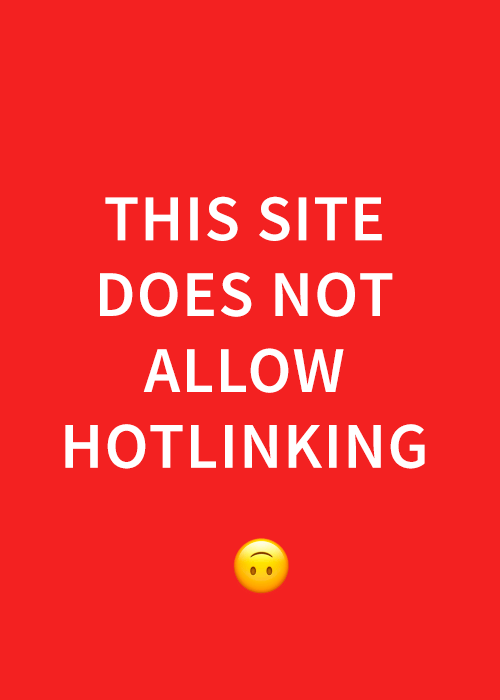
The Beloved A. Best letter in the alphabet….right up there with R, Q, L? A big sumie brush and some velvety Teton text paper with Moon Palace ink from Paper & Ink Arts.
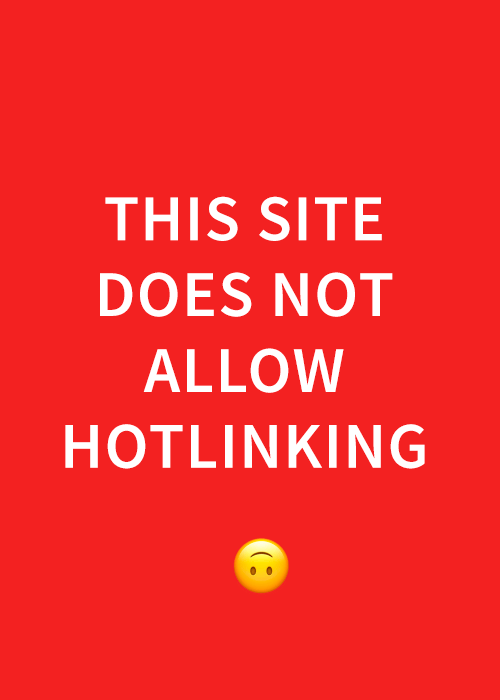
Working in dappled light from the maple tree outside the window, trying a subtle street-style twist with brush calligraphy for a coffee brand.
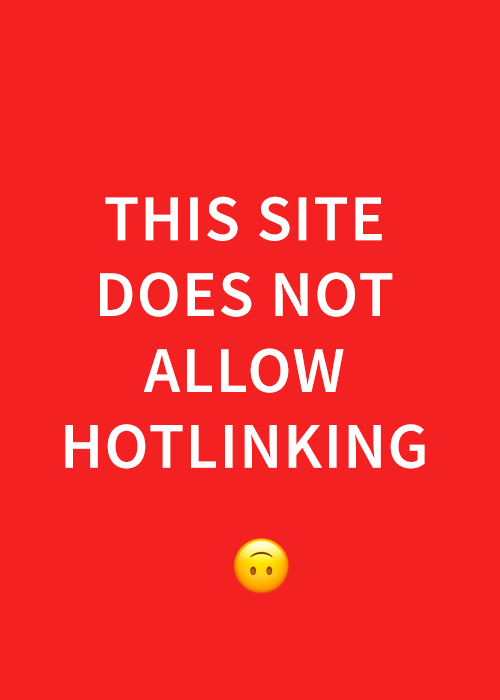
Why write something once when you can write it dozens of times until it is perfect? Casual felt pen calligraphy for a headline project. Repetition, rhythm, the music of writing.
For more quick glimpses of Iskra Calligraphy Design Studio check out Iskra Design on Instagram. Work in progress, alphabetic epiphanies, and the random brush stroke that gives me chills. And to give that Moon Palace Ink a try visit Paper & Ink Arts.
Aug 11, 2015 | Featured Post, Recent Posts
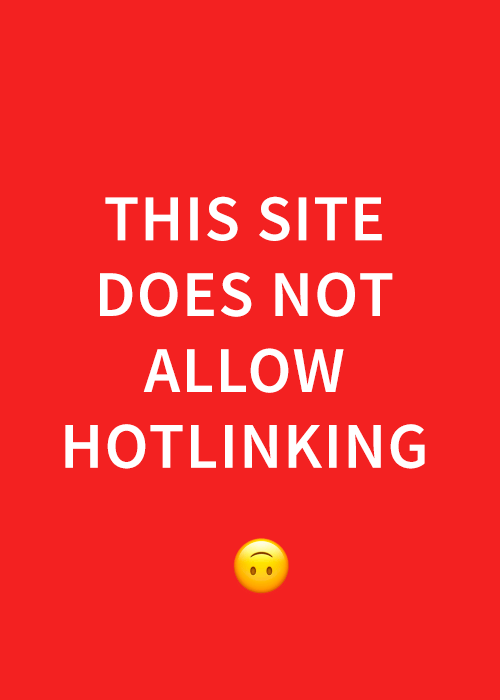
The logo designer, thinking.
Every week I am approached by small businesses and start-ups in need of a logo. Often the callers have no experience with design or in working with a designer, and this article is written in answer to many of the questions that come up. In this essay I will explore how to choose the right logo designer (and avoid disasters), how to work with a designer, and the difference between a graphic designer and a lettering artist.
Four Reasons Why Logo Designs Fail
I have lost track of the number of people who have come to me saying, “I have gone through 3,4,5 (!) logo designers and none of them has come up with anything I like. Help!” This is a very scary start to a conversation because, I, of course, do not want to be number 6 in the line-up of failures. I always ask questions to see what has gone wrong before, and I have concluded that there are there are four common reasons why the logo process fails:
· The client did not communicate to the designer what they wanted.
· The designer did not listen to what the client wanted
· The style “fit” was wrong.
· Enormous changes at the last minute, sometimes blamed on the designer.
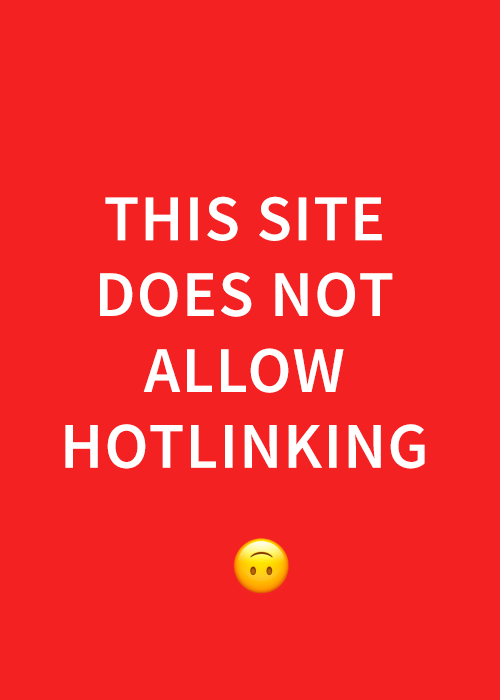
The Key to a Good Logo Design is Good Communication
It’s no accident that college degrees are offered in “communications” and that there is an actual magazine called “Communication Arts.” Nothing is more vital to the process of good design than clear communication. A designer can only create the perfect logo for you if you have given thought to the nature of your business, can explain to the designer what sets you apart, and give some guidance as to the look you think you want. If you can’t communicate those things a great design is still possible, but you will need to build in a budget for identity therapy, the sometimes painful and lengthy process of figuring it out by seeing all the things you don’t like before you see something you do. (This can also be an excuse for a three-martini lunch, and some of the world’s greatest brands started on napkins, so it’s not all bad.)
So, how to communicate what you are looking for? There is some very useful homework to do before you even start looking for a designer. Scrap books and Pinterest boards are a great way to collect the things you like and communicate with a designer on a purely visual level. What is even more helpful is to write down in words what you like about the samples on your board and why. Out of that list you can refine a set of “attributes” that you want to include in your design. Equally useful are samples of what you don’t like, with the reasons.
It is also very important to let a designer know who your competition is and how you want to either set yourself apart or blend in. A designer can do this for you, but that is called “market research,” and it will cost you. Bring them pictures of your competition, and you’ve saved yourself a bundle. If you have a personal stake in the visual, if it is based on your signature, or a family heirloom, or a phrase you’ve had in your mind since the 8th grade, include that in your identity material as well.
What to Consider When Looking for a Good Designer
Once you have an idea of what you are looking for start hunting. What’s your budget? Can you go to a large agency? Do you want to work with a mid-size company that has copywriters, a design department and market research capability? Or are you more comfortable working with an individual? Use keyword searches, LinkedIn, web portals, Instagram, portfolio sites and word of mouth referrals to scout for candidates. Look for people who have samples of work that speaks to you directly. It may not include the exact style you have in mind, but the portfolio should show you that the designer can think in ways that have range and aesthetics that match your own. Is there depth of experience in the work? Is there a client list and/or testimonials? If the person looks promising send a brief email with a short outline of who you are and what you are looking for and follow up with a phone call.
Right. Actually talk to someone. You’d be amazed how much you can find out in three minutes on the phone about whether this person is going to be your dream designer or make you crazy. The way you go about designing your logo is in many ways the blueprint for how your business is going to meet the world. A logo design is more than a commodity, it is a relationship. If it is a good relationship you are starting out on the right foot with your business. Does the designer listen? Do they ask questions? Do you feel comfortable asking them questions?
I find it very useful in a first conversation to mutually look at samples online, and get a read on taste and compatibility. As the designer being interviewed I want to be sure that my work is really a good fit. If someone says they love my portfolio but then they send me dozens of images of other peoples’ work it is a sign that they should probably call those other designers. One of the basic elements of respect is not to ask a designer to copy someone else, but instead to honor them for what they do, and build on that.
What’s the Designer’s Philosophy?
Communication goes both ways, so it is important for the designer to be clear up front about their business practices, their contracts, and their design philosophy. I participated in an interesting discussion recently on Logo Design Love on the subject of “how many logos do you show?” That is one of the key questions that a prospective client should ask, and a designer should answer. If a client does not trust their own instincts or visual taste they may be very grateful to the designer who says, “I am the authority on design, I know what is best, and I will show you one option.” In today’s intensely visual world, where we exercise design choice on a daily basis, I find that clients have an investment in their own taste and ideas, and I like to honor that by collaborating. I show a range of options, and usually include several rounds of revisions based on client feedback, the number determined by the budget and the scope of the project. I always put the project expectations in writing, either as a formal contract or as a letter of agreement, and I begin when both parties have signed off, insuring that we are, literally, on the same page.
Do You Want a Designer or a Production Artist?
Every designer has an investment in the quality and style of their work, and one of the most common points of friction is when the client wants more control than the designer is comfortable with. If you are by nature a micro-manager, it is wise to let a designer know that up-front. Then they can decide if they are willing to risk having their role defined more as production than design. Either approach can lead to a good logo, but if you are going to the trouble of hiring a designer you might think hard about what you are asking from them, and how much you respect their judgment and expertise. It’s one thing to tell the mechanic you want your carburetor fixed, it’s another to hover over them and show them how you think they should tighten the bolts and which wrench they should use. In a good fit the designer and client agree on the amount of control each will have. In my experience the best projects are those where someone loves my approach to design, trusts me to do a good job, but gives me enough guidance and inspiration to create something bespoke that perfectly fits their needs. (more…)
Aug 5, 2015 | Brush Calligraphy, Popular portfolios, Recent Posts
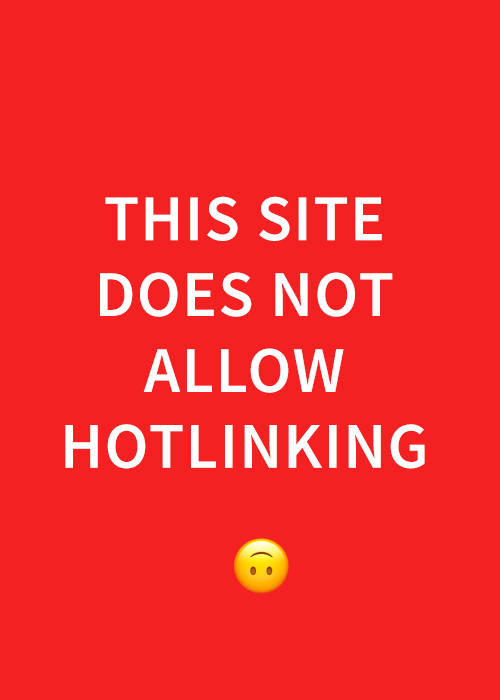
Brush lettering is a process, spontaneous, and alive. You can’t be afraid to make mistakes. Practice makes perfect.
If you are looking for a unique style of lettering for a logo or other project it can be helpful to know how the work is made, because the tool influences the character of the letters. Some of my portfolios mix styles in sets that show work for particular uses, like packaging or greeting cards. The latest addition to my portfolios is pure brush lettering, to give a clear idea of how that technique is distinct from others. Here are a few samples. You can visit the complete portfolio here.
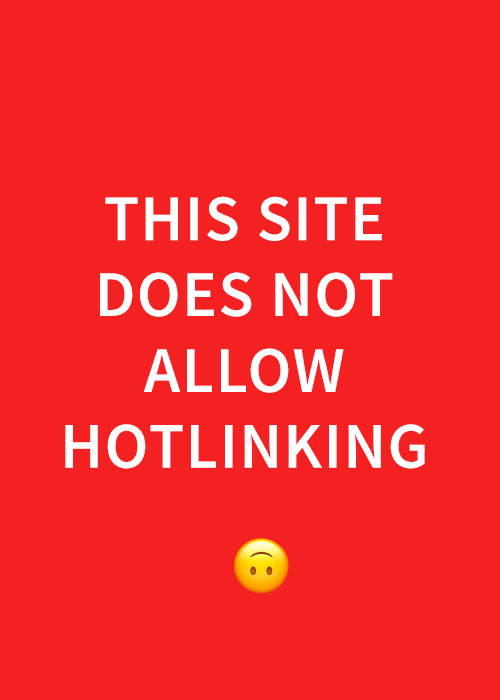
Freestyle brush lettering influenced by graffiti.
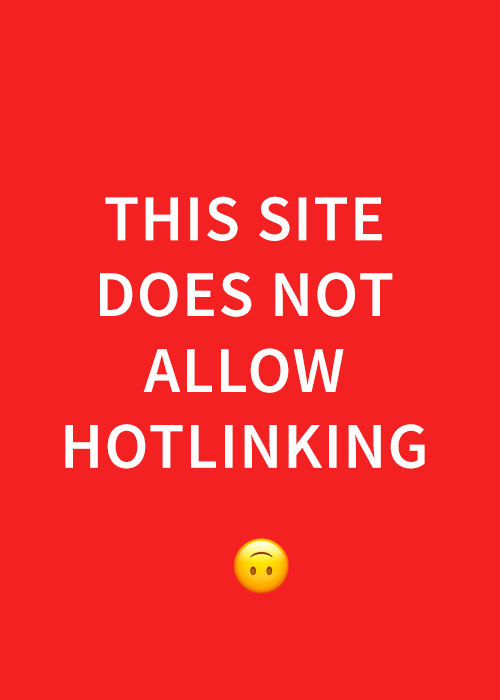
Direct brush script with texture. Spontaneous and un-retouched.
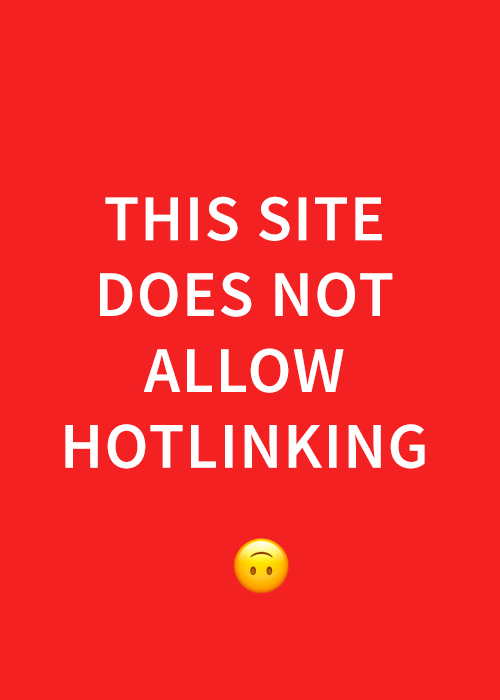
Bold brush lettering with an added background.
And lastly, there’s the irresistible drama of how human beings try to communicate in our technological age. Perhaps you know someone who can relate to this:
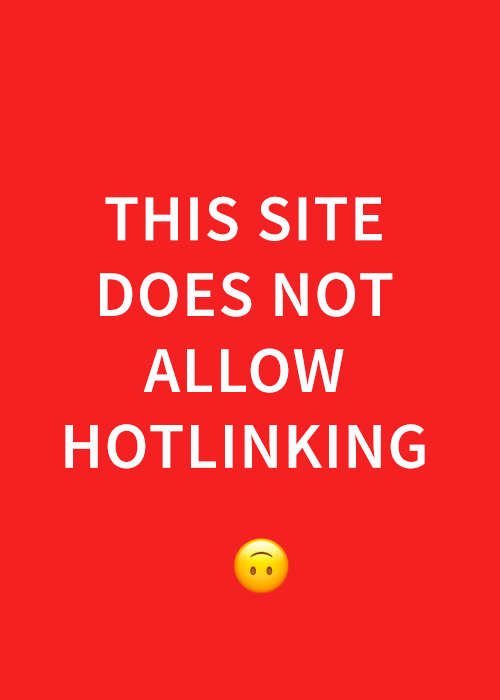
“Remember me?”
New brush lettering portfolio, © Iskra Design













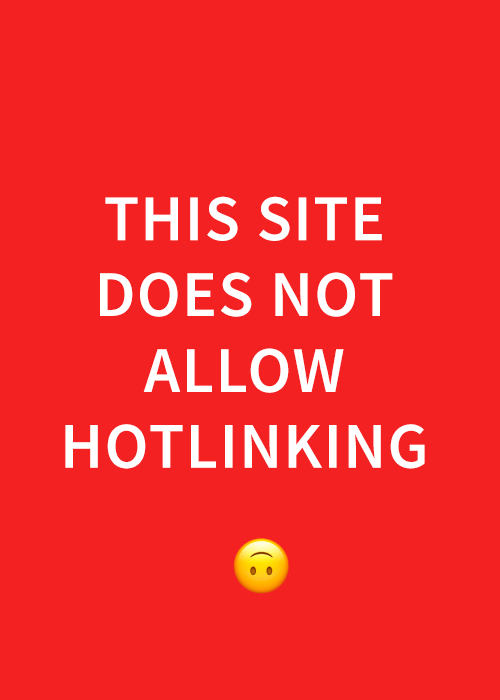 Designer, calligrapher, lettering artist.
Designer, calligrapher, lettering artist. 